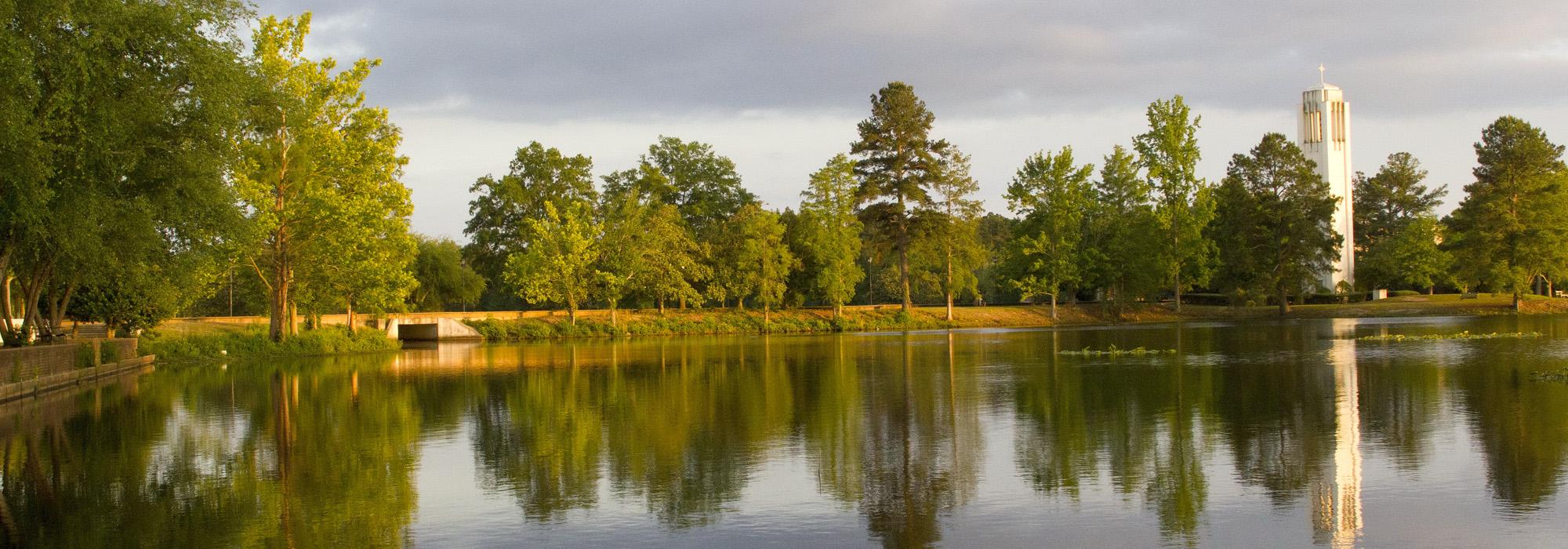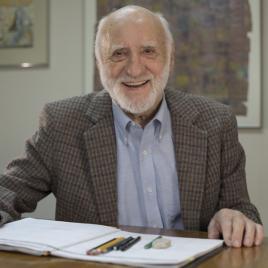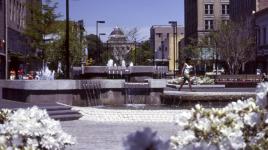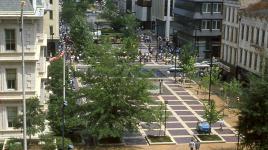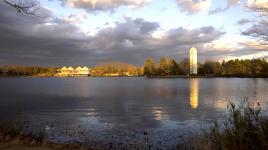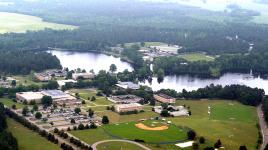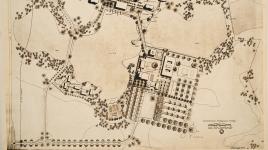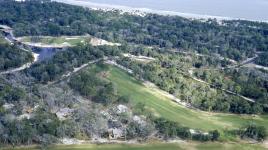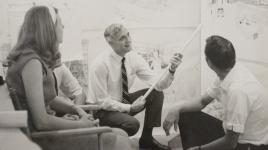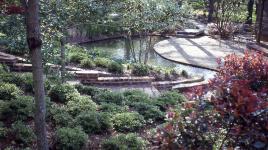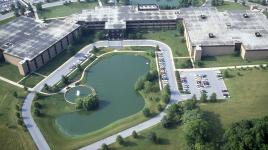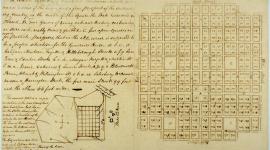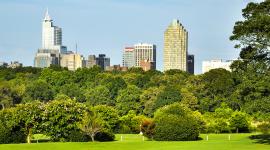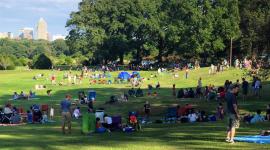Pioneer Information
Born in Carlton, Nottinghamshire, England, Clarke served as an officer with the British Royal Engineers in Hong Kong during World War II. In 1948 he returned to the United Kingdom, completing his graduate diploma in architecture at the University of Leicester in 1950 and his graduate diploma in landscape design from Kings College, University of Durham, in 1951. He was then awarded a Fulbright Scholarship to attend Harvard University’s Graduate School of Design, where he studied under Hideo Sasaki.
After earning his M.L.A. from Harvard in 1952, Clarke was recruited to join the faculty of the North Carolina State College (now University) School (now College) of Design by its founding dean, Henry Kamphoefner. Here Clarke helped introduce Modernism and environmental site-planning to the school’s curriculum. In his sixteen years of teaching, Clarke was also a visiting lecturer at the University of Virginia, University of Pennsylvania, Harvard University, University of Toronto, and University of California, Berkeley. He operated a landscape architecture firm under his own name for nearly 50 years (1952 to 2000), which formally became Lewis Clarke Associates (LCA) in 1968. LCA’s extensive portfolio included community college campuses, residential estates, and some of the nation’s earliest enclosed malls. Clarke’s master planning work in North Carolina includes the Research Triangle Institute in Durham (1959), the North Carolina Zoological Park in Asheboro (1972), and the Fayetteville Street Pedestrian Mall in Raleigh (1977). Further contributing to the Triangle region, Clarke served on the City of Raleigh Planning Commission and as president of the local chapter of the American Society of Landscape Architects (ASLA). He was named a Fellow of the ASLA in 1980. In 2000 he retired to Beaufort, North Carolina, where he consulted, wrote, and pained. Clarke passed away in 2021 at the age of 94.



